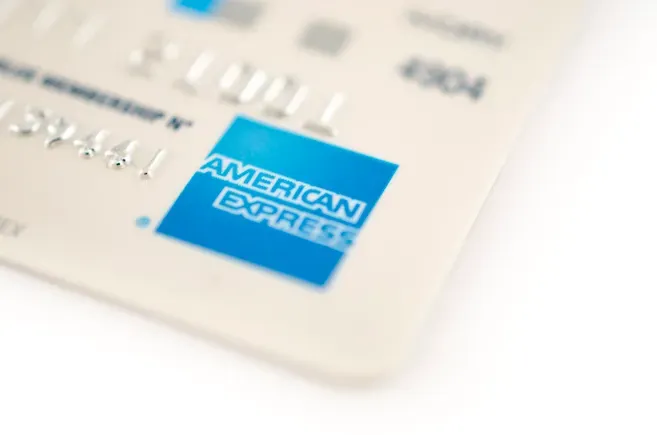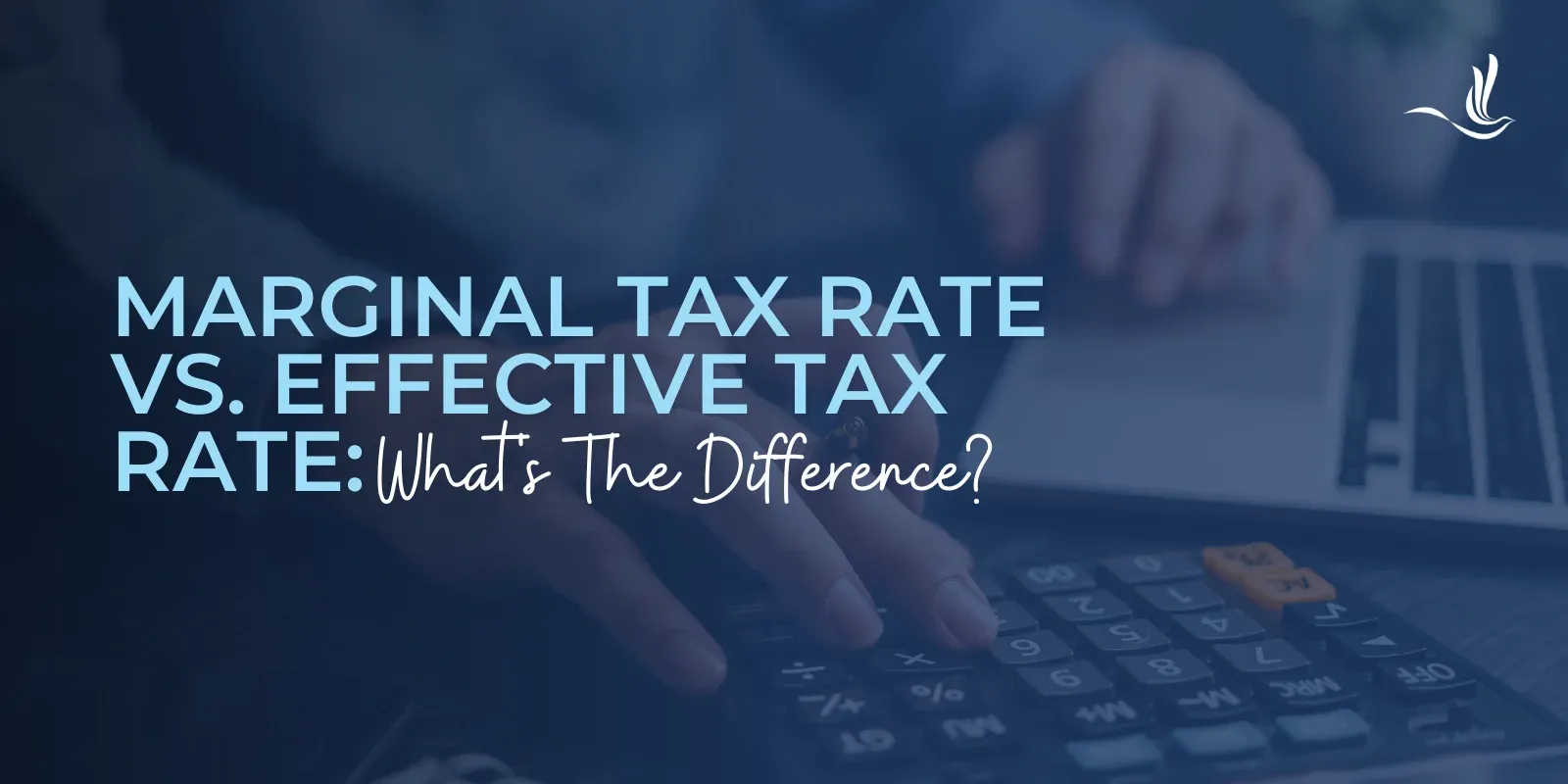Recent comments by a top White House official suggested that the Biden administration is considering another extension of the ongoing federal student loan payment pause. The pause, which established a national moratorium on most federal student loan payments, interest, and collections, is currently set to end on May 1, 2022, after several prior extensions by President Trump and President Biden.
“The President is going to look at what we should do on student debt before the pause expires, or he’ll extend the pause,” said Ronald Klain, White House Chief of Staff, in an interview posted by Pod Save America last week.
Klain’s comments are the most significant remarks yet by a Biden administration official indicating that a further extension of the payment pause is under consideration. Prior to that, the only other recent hint came from White House Press Secretary Jen Psaki, who caused a bit of a stir last month when she used the word “if” to describe when and whether student loan repayment would resume this spring.
While a further extension of the student loan pause is clearly on the table, no final decisions have been made public. And with only seven weeks left until payments resume, planning may be difficult for borrowers.
Here’s where things stand.
1. Several considerations may be at play in extending the student loan pause 2. Advocates ramp up pressure campaign to convince Biden to extend the student loan pause 3. Mixed messaging causes confusion for borrowersSeveral considerations may be at play in extending the student loan pause
There are likely several reasons that the Biden administration is considering another extension of the student loan pause.
While unemployment is low, inflation continues to surge and is currently at levels unseen in four decades.
Gas prices are also rising to historic highs, and energy prices, in general, are likely going to continue to be high and volatile given the crisis presently unfolding in Europe.
It is against this backdrop that federal student loan payments are set to restart.
While President Biden did not mention extending the federal student loan pause during his recent State of the Union address, he did indicate that his administration would look at steps to lower overall costs for Americans so that they can weather a surge in prices. Extending the pause on student loan payments could be part of such a strategy.
Download the Best Student Loan CalculatorIn addition, there might be political considerations, as well. Resuming student loan payments during a critical election year could be politically unpopular. A poll conducted last month by Data for Progress suggests that borrowers continue to worry about their ability to resume repayment, and over six in ten surveyed borrowers expect “major changes” to their savings or spending habits if student loan payments resume this May.
Meanwhile, the Education Department is dealing with multiple, complex issues within the federal student loan aid system, including administering the Limited PSLF Waiver program before it expires in October 2022 and overseeing ongoing loan servicing transfers following the withdrawal of key contractors.
Turning student loan payments back on amidst all of this could cause confusion and disruption for millions of borrowers.
Advocates ramp up pressure campaign to convince Biden to extend the student loan pause
Advocates for student loan borrowers accelerated their ongoing pressure campaign to convince President Biden to extend the student loan pause. Last week, a diverse coalition of 210 organizations including civil rights groups, labor unions, faith organizations and consumer protection outfits sent a letter to Biden urging him to extend the payment pause.
“In fewer than 60 days, tens of millions of student loan borrowers are slated to be thrown back into repayment on federal student loans they are ill-equipped to pay as the economy experiences the highest level of inflation in nearly four decades,” wrote the coalition.
“The student loan payment pause has been one of the most important investments the federal government has made in Americans’ financial lives in a generation… It is critical that your administration continue to deliver on your promises made to student loan borrowers and their families.”
Meanwhile, the Debt Collective — a debtor’s union advocating for student loan borrowers — called for a debt strike if the Biden administration allows payments to resume in May. The group called on borrowers to “safely pay $0 per month” on their loans through a variety of procedures such as submitting a Borrower Defense to Repayment application and going into forbearance, or selecting an income-driven repayment plan if their income can result in a $0 payment.
Mixed messaging causes confusion for borrowers
The Biden’s administration inconsistent messaging on student loan repayment may only cause additional confusion for borrowers.
After the administration issued an extension of the student loan pause last year, officials repeatedly characterized that relief as the “final” time that an extension would be granted. Then, when the Omicron variant hit, the administration backtracked and allowed yet another extension.
Now, the administration has been careful not to use the word “final” when describing the most recent extension of relief.
But while borrowers may have hope that there will be another extension, particularly in light of recent comments by White House officials, it is difficult for borrowers to plan or know what to do without concrete details. The payment pause is currently set to end in only a little over 50 days.
For now, borrowers should plan on payments resuming on May 1, 2022, so that they are prepared — but continue to monitor the news for any updates or changes. In the meantime, be sure to keep your contact information up to date, and log in to StudentAid.gov to make sure you have current information on your loan servicer, balance and the repayment plan you were in prior to the moratorium.
Get a Student Loan Plan Refinance student loans, get a bonus in 2022 1 Disclosures $1,050 BONUS1 For 100k+. $300 bonus for 50k to 99k.1 VISIT LAUREL ROAD Variable 1.89-5.90%1 Fixed 2.50-6.00%1 2 Disclosures $1,000 BONUS2 For 100k+. $300 bonus for 50k to 99k.2 VISIT SPLASH Variable 1.74-6.52%2 Fixed 1.99-6.25%2 3 Disclosures $1,000 BONUS3 For $100k or more. $200 for $50k to $99,9993 VISIT SOFI Variable 1.74-7.24%3 Fixed 2.49-7.59%3 4 Disclosures $1,000 BONUS4 For 100k or more. $200 for 50k to $99,9994 VISIT EARNEST Variable 1.74-7.99%4 Fixed 2.44-7.99%4 5 Disclosures $1,050 BONUS5 For 100k+. $300 bonus for 50k to 99k.5 VISIT COMMONBOND Variable 1.98-7.14% APR5 Fixed 2.49-7.04% APR5 6 Disclosures $1,275 BONUS6 For 150k+. Tiered 300 to 575 bonus for 50k to 149k.6 VISIT ELFI Variable 1.86-6.01%6 Fixed 2.43-5.99%6 7 Disclosures $1,250 BONUS7 For $100k or more. $100 to $350 for $5k to $99,9997 VISIT LENDKEY Variable 1.90-5.25%7 Fixed 2.49-7.75%7 8 Disclosures $1,250 BONUS8 $350 for 50k to 100k8 VISIT CREDIBLE Variable 1.74-7.58%8 Fixed 2.15-7.83%8 Not sure what to do with your student loans?Take our 11 question quiz to get a personalized recommendation of whether you should pursue PSLF, IDR forgiveness, or refinancing (including the one lender we think could give you the best rate).
Take Our QuizOriginal Article






